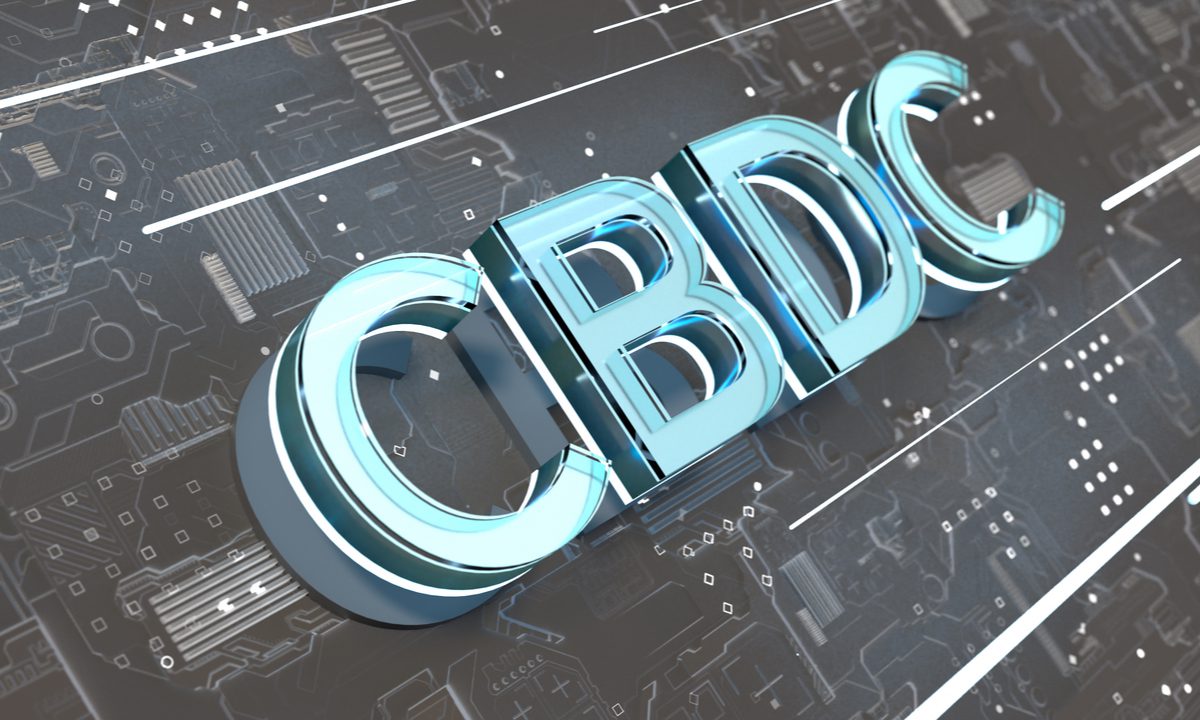Fed Paper: Retail CBDCs Can Lead to Decline in Bank Balances

No easy path ahead for central bank digital currencies (CBDCs) — and even though here in the U.S., the Federal Reserve would issue them, the Fed is still researching what it all might mean.
For the Fed itself.
To that end, the Fed released a paper this week that seeks to define what a CBDC might do to monetary policy.
Monetary policy, of course, is the method and means by which central banks adjust the money supply and hope to achieve various economic growth and goals.
The paper, titled “Retail CBDC and U.S. Monetary Policy Implementation: A Stylized Balance Sheet Analysis,” noted that a retail CBDC might be made available to households, and to businesses, and there might be lasting impact to the banking system if holders wish to substitute CBDC for traditional banking deposits. But that would have to happen on a grand scale — to the tune of trillions of dollars’ worth of deposits — and by extension would increase interest rates, generally.
Retail CBDC Demand
“Demand for a retail CBDC will likely depend on several factors, including whether it is widely accessible, how transferrable or substitutable it will be with other retail payment platforms; whether there are limits on the size of holdings, [and] what degree of privacy it provides,” according to the paper.
“A bank may want to raise deposits by offering more attractive price and nonprice terms on their deposit products to lure customers from other institutions. Banks could also look beyond deposits to unsecured (such as federal funds or commercial paper) or secured (for example, engaging in repurchase agreements or seeking advances from Federal Home Loan Banks) markets for funding,” the paper noted.
And thus: “Depending on the intensity of the competition as banks rebuild their reserve positions, the general level of short-term interest rates in secured and unsecured markets could rise in the process.”
For the banks, there may be some costs tied to the transition to a retail CBDC or during periods of financial stress.
“As rates on deposits increase because of competition with a retail CBDC, either banks’ profitability would decrease or, alternatively, to maintain profit margins, banks could raise lending rates,” said the Fed, and with the decline in the supply of reserves to banks, “the aggregate commercial banking sector balance sheet would likely decrease when retail CBDC is first introduced.”
As had been reported in this space previously, at least some Fed officials are emphatic that a federally issued digital dollar will not cut banks out of the banking system.
“It’s very important to consider the risk of bank intermediation,” Federal Reserve Vice Chair Lael Brainard, said on Capitol Hill last week. “A vibrant healthy banking system with banks of all sizes is very important to the economy and to the Federal Reserve … anything that we would want to do in this space would have to be consistent with banks remaining really important intermediaries” if a CBDC is launched.
Read also: Fed’s Vice Chair Tells Banks: Digital Dollar Won’t Cut You Out
